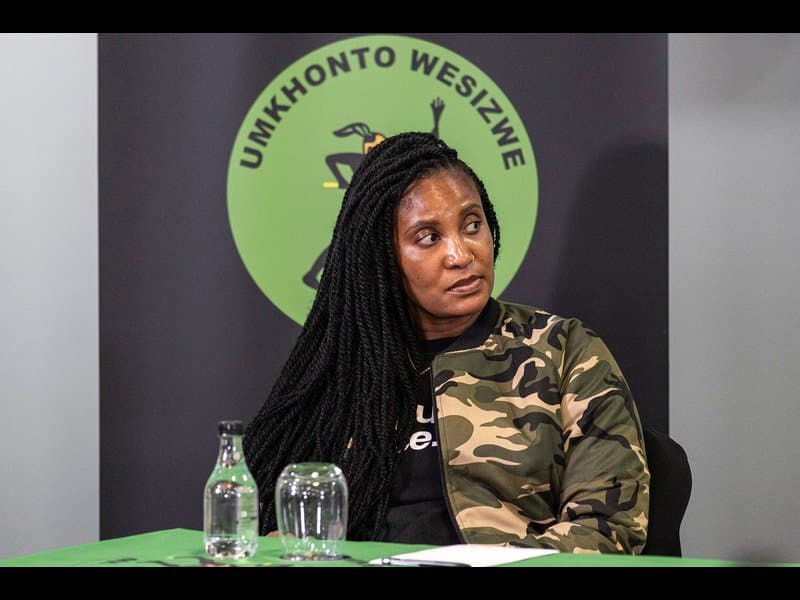Tunisians Take to Streets in Mass Rally Against Saied Rule
Tens of thousands marched through Tunis on November 22 pressing for a restoration of democratic governance and an end to concentrated executive authority. The demonstration drew a broad cross section of society and deepened a wave of strikes and protests that have disrupted services nationwide, raising stakes for Tunisia's fragile political transition and regional stability.

On November 22, thousands of Tunisians filled the avenues of the capital in one of the largest public demonstrations since President Kais Saied consolidated power, demanding a return to democratic institutions and an end to what protesters described as one man rule. The march brought together journalists, doctors and transport workers among others, and organizers framed the mobilization as part of a sustained campaign of strikes and protests that has affected services across the country.
The protests reflected a convergence of grievances that had been building for years. Demonstrators voiced complaints about recent judicial and police actions which they said undermined checks on executive power, they protested mounting economic pressure on households and small businesses, and they called for environmental remediation including the closure of a controversial chemical plant. Reuters reported that the demonstration drew participants from a wide range of professions, signaling discontent that cuts across social and occupational lines.
The unrest is the latest chapter in a broader cycle of social unrest that has interrupted public services and constrained economic activity in Tunisia. Strikes and rolling protests have hit ports, transport and public administration, complicating efforts to attract foreign investment and stabilize public finances. For a country that became the Arab Spring's emblem of democratic hope, the renewed turbulence has broad implications for regional politics and for European states that rely on Tunisia to manage migration flows across the Mediterranean.
Legal and institutional questions lie at the heart of the crisis. Since 2021 President Saied has taken steps that concentrated executive authority, moves that critics say dismantled democratic safeguards and curtailed judicial independence. Those actions have drawn scrutiny from rights groups and diplomatic partners, and they have intensified domestic debate about the balance between security and the rule of law. Observers warn that further erosion of institutional checks could deepen isolation at a time when Tunisia needs external financing and technical assistance to address its economic challenges.
The presence of medical professionals and journalists among the marchers underscored two particularly sensitive fault lines. Medical workers have been vocal over pay and working conditions while journalists have raised alarms about restrictions on media freedom and judicial pressures on reporting. Environmental grievances around the chemical plant have also widened the constituency for protest by linking local health and labor concerns to national politics.
Organizers called on Saied to reverse concentrated executive actions and to allow a negotiated return to pluralistic governance. Whether the president responds by engaging in dialogue or by tightening security will shape the immediate trajectory of the crisis. A heavy handed response risks further alienating Tunisia from international partners and deepening domestic polarization.
As the protests subside for now, the country faces a fraught path forward. The coming weeks will test the resilience of Tunisia's institutions and the willingness of political actors to find common ground. The outcome will matter not only for Tunisian citizens but for neighboring countries and European capitals watching how a pivotal transition in the Mediterranean unfolds.

